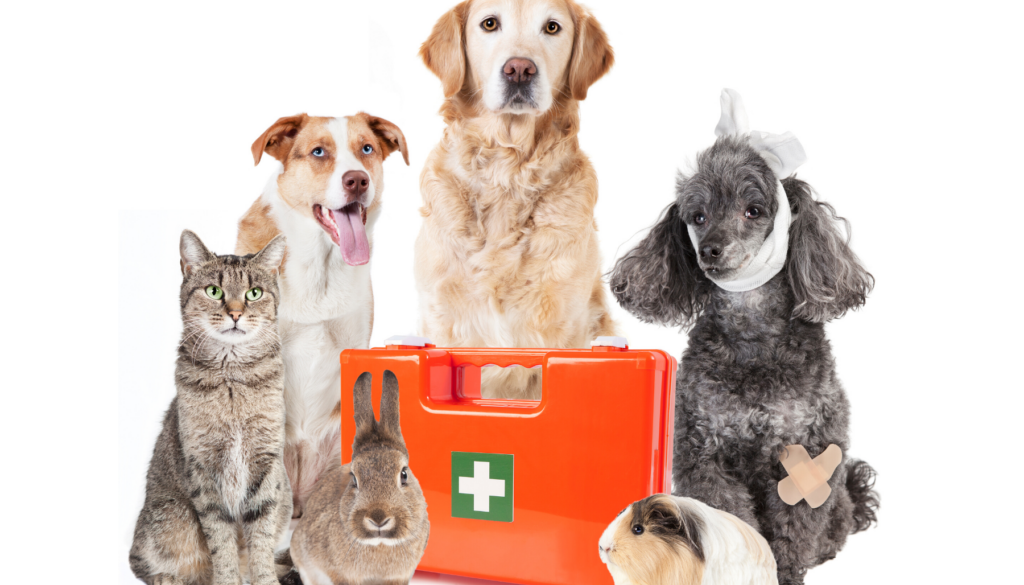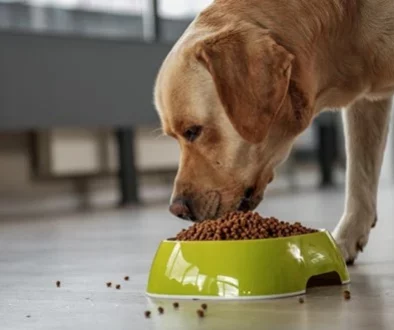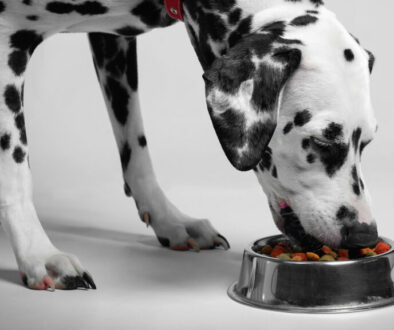Pet First Aid: Keeping Your Pets Safe and Healthy
Pets bring so much joy and unconditional love into our lives. They are not only our loyal companions but also treasured members of our families. Just like humans, pets can also experience accidents and medical emergencies. As responsible pet owners, it is crucial to be prepared and know the basics of pet first aid.
In this comprehensive guide, we will walk you through the necessary steps and techniques to help you become your pet’s very own first responder. So, let’s dive into the world of pet first aid and ensure the well-being of our furry friends.
The Signs of a Pet Emergency
Our pets cannot verbally communicate when they are in distress, so it’s vital to pay close attention to their behavior and watch out for any signs of a potential emergency. Here are some signs that may indicate your pet is in need of immediate attention:
- Difficulty breathing: Rapid breathing, wheezing, or gasping for air.
- Uncontrollable bleeding: Excessive bleeding from a wound or orifice.
- Choking or gagging: Coughing, hacking, or pawing at the mouth.
- Severe pain or distress: Whining, yelping, or aggressive behavior.
- Unresponsiveness: Lethargy, unconsciousness, or unresponsive to commands.
- Seizures: Convulsions, twitching, or involuntary muscle movements.
- Pale gums: A lack of pink color in the gums may indicate anemia or circulation problems.
- Vomiting or diarrhea: Frequent or persistent episodes of vomiting or diarrhea.
- Swollen or distended abdomen: Bloated or enlarged belly, often accompanied by discomfort or restlessness.
If you notice any of these signs or suspect your pet is in distress, it’s crucial to act quickly and seek professional help if necessary. However, in some situations, immediate action can save your pet’s life.
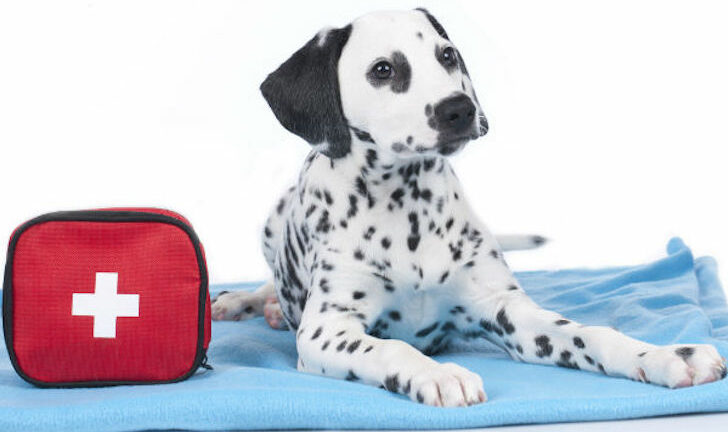
Pet First Aid Basics
1. Stabilize the Area
When responding to a pet emergency, ensure the safety of both you and your pet by stabilizing the area. Remove any potential hazards or sources of danger that may worsen the situation, such as broken glass, toxic substances, or aggressive animals. Be cautious and use protective gear, such as gloves or a muzzle if necessary, to avoid any potential harm during the process.
2. Assess the Situation
Once the area is secured, assess the situation and make a quick evaluation of your pet’s condition. Remember, safety comes first, so handle your pet with care and be mindful of any pain or discomfort they may experience. Approach your pet calmly and speak in a reassuring tone to keep them at ease.
3. Contact Your Veterinarian
In any emergency, contacting your veterinarian or an animal emergency clinic should always be your top priority. Describe the situation and follow their guidance on the next steps. They will be able to provide specific advice and support tailored to your pet’s needs.
4. First Aid Techniques
While waiting for professional help or during transportation to the vet, it is essential to administer basic first aid techniques to stabilize your pet’s condition. Here are some situations and techniques you may encounter:
CPR (Cardiopulmonary Resuscitation):
- CPR is a life-saving technique used to maintain blood flow and provide oxygen to vital organs in case of cardiac arrest or respiratory failure. It is a combination of chest compressions and rescue breaths.
- Remember to check your pet’s airway for any obstructions before starting CPR. If there is an object blocking the airway, carefully remove it.
Controlling Bleeding:
- Apply direct pressure with a clean cloth or gauze pad to the wound.
- If the bleeding doesn’t stop, consider using a tourniquet as a last resort. However, be extremely cautious with tourniquets, as they can cause harm if not used correctly. Only use a tourniquet under professional guidance or in life-threatening situations.
Treating Burns or Heatstroke:
- If your pet suffers from burns or heatstroke, it is crucial to cool them down gradually. Use cool (not cold) water or gently apply a cool, wet cloth to the affected area.
- Avoid using ice or very cold water, as it can further damage the skin or induce shock.
Handling Fractures or Joint Injuries:
- If you suspect your pet has a fracture or joint injury, it’s important to immobilize the affected area using a splint or bandage, if possible. This will prevent further damage and reduce pain.
Remember, these first aid techniques are not meant to replace professional veterinary care but rather serve as temporary measures to stabilize your pet’s condition until it can receive proper medical attention.
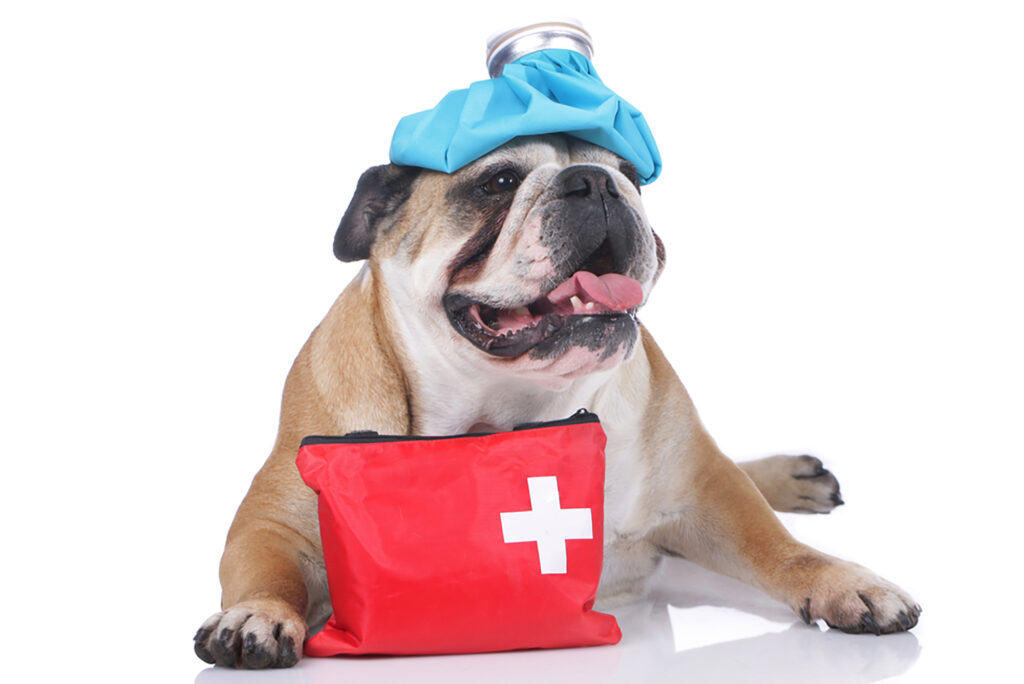
First Aid for Specific Pet Species
General First Aid Guidelines for Dogs
Dogs are beloved pets and, just like humans, can experience accidents or injuries. Here are some general first aid guidelines for dogs:
- Assess the situation: Before providing first aid, ensure it is safe for both you and your dog. Remove any hazards if possible.
- Approach with caution: Even the friendliest dogs can become fearful or aggressive when injured. Approach your dog slowly and speak to them in a calm, soothing voice.
- Muzzle if necessary: If your dog is in pain or distress, it may snap or bite unintentionally. To protect yourself and others, consider using a muzzle or improvising with a bandage or cloth prior to administering first aid.
- Stabilize injuries: If your dog has a suspected fracture or spinal injury, you may need to stabilize them before transport. Use a makeshift splint by securing a long object (such as a folded towel or stick) to the injured area with bandages or strips of cloth.
- Control bleeding: Apply gentle pressure to the wound using a clean cloth or gauze pad to help stop bleeding. Elevate the wound if possible and seek immediate veterinary care for severe bleeding.
- CPR for dogs: If your dog’s heart has stopped or they are not breathing, perform CPR. Lay your dog on its right side, locate its heart, and perform chest compressions at a rate of 100-120 compressions per minute. Give two rescue breaths after every 30 compressions.
First Aid Considerations for Cats
Cats can be independent and curious, which sometimes leads to accidents or injuries. Here are some first aid considerations for cats:
- Approach calmly: Cats may respond to injuries by hiding or becoming defensive. Approach your cat slowly and calmly, using a gentle tone of voice to reassure them.
- Minimize stress: Cats are sensitive to stress, so try to create a quiet and calm environment. Use a carrier or blanket to provide a sense of security when transporting them.
- Check for wounds or bleeding: Inspect your cat for any visible wounds or signs of bleeding. Use a clean cloth or gauze pad to help control bleeding by applying gentle pressure. Seek immediate veterinary care for severe bleeding.
- Breathing difficulties: If your cat is having trouble breathing, ensure their airway is clear of any obstructions. If they are not breathing, perform rescue breathing by closing their mouth and blowing gently into their nostrils.
- Handling fractures: Cats may suffer fractures from falls or accidents. If you suspect a fracture, try to immobilize the affected limb by using a folded towel or cloth as a splint. Be careful as cats may be in pain and may respond unpredictably.
Always remember to seek veterinary care after providing basic first aid for your cat.
Unique First Aid Needs for Small Mammals and Birds
Small mammals, such as hamsters, guinea pigs, and rabbits, as well as birds, have specific considerations when it comes to first aid. Here are some tips:
- Handle with care: Small mammals and birds are delicate, so handle them gently and avoid excessive force or pressure. Be cautious of their small size and fragility.
- Restraining for first aid: Wrap a small mammal in a small towel or cloth to help restrain it while assessing and providing first aid. For birds, use a soft cloth to gently cover their wings, reducing their ability to move.
- Control bleeding: Apply gentle pressure using a clean cloth or gauze pad to control bleeding. For small mammals, styptic powder can be used to aid clotting. If bleeding doesn’t subside or is severe, seek veterinary help.
- Breathing difficulties: In the case of respiratory distress, ensure the small mammal’s or bird’s airway is clear. Avoid placing your finger directly into their mouth or beak, as this may obstruct their airway further.
- Seek specialized veterinary care: Small mammals and birds have unique anatomy and health needs. It’s important to consult a veterinarian who specializes in the care of these species when seeking medical help.
Special Considerations for Reptiles and Amphibians
Reptiles and amphibians require specialized care, even in emergency situations. Here are a few considerations:
- Safety first: Reptiles and amphibians can carry salmonella bacteria, so it’s important to wash your hands thoroughly after handling them. Additionally, ensure their environment is secure and doesn’t pose any additional risks.
- Be cautious when handling: Some reptiles and amphibians can be dangerous or may have delicate skin. Avoid handling them unnecessarily, and when necessary, use tools or equipment designed for safe handling.
- Ensure appropriate habitat conditions: Maintaining proper temperature, humidity, and lighting in their habitat is crucial for the well-being of reptiles and amphibians. Ensure these conditions are met during any first aid procedures.
- Seek specialized veterinary care: Reptiles and amphibians have unique anatomical structures and health needs. It’s essential to consult a veterinarian knowledgeable in their care to provide appropriate first aid.
Remember that providing first aid for reptiles and amphibians can be challenging, so it’s critical to seek professional help as soon as possible.
Conclusion:
Being prepared and knowledgeable in pet first aid can make a significant difference in your pet’s well-being during emergencies. Remember to always prioritize safety, contact your veterinarian, and administer basic first aid techniques when necessary. By becoming your pet’s first responder, you can provide immediate care and potentially save their life. So, invest in learning pet first aid techniques and give your furry friends the protection they deserve. Stay safe, and may your pet’s wagging tail always bring you joy.
Also Read:
